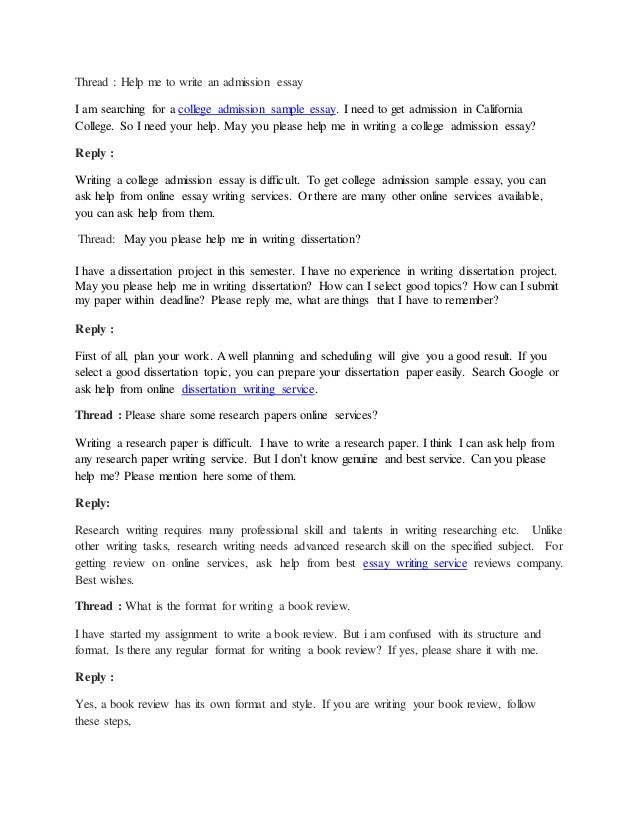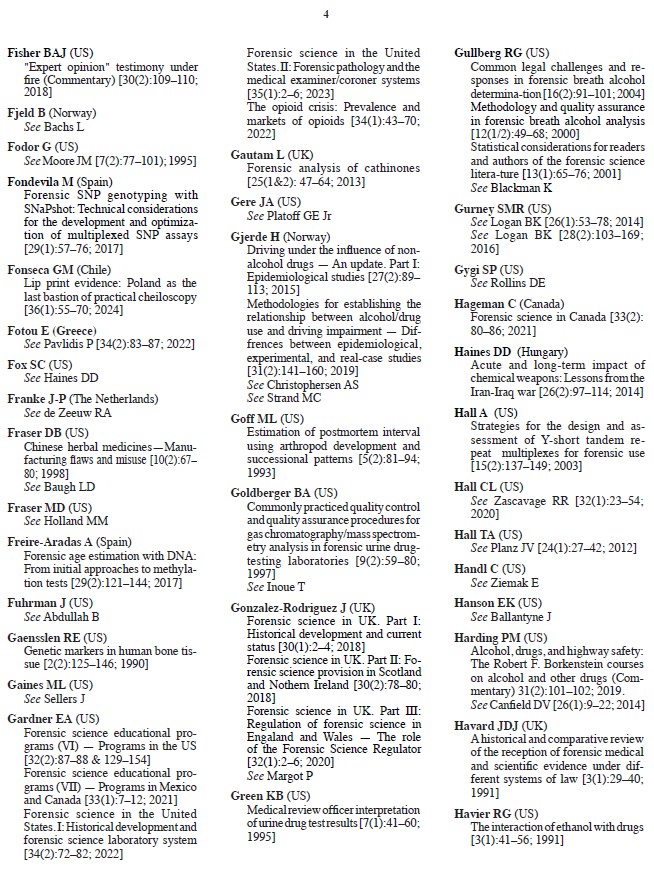Report and genetic identification of Amyloodinium.
There are a variety of parasites that effect marine fish, but often aquarists are stricken with one of the two most common. Cryptocaryon irritans (marine ich) and Amyloodinium ocellatum (marine velvet) are both parasites that uncommonly kill wild marine fish, but can wreak havoc on captive systems.Four species of parasitic dinoflagellates have been found to occur naturally on the gills and fins of Mississippi Sound fishes: Amyloodinium ocellatum (Brown 1931) Brown and Hovasse 1946, Oodinium cyprinodontum Lawler 1967, and two undescribed species. Sixteen of 43 species of fishes examined had natural gill infections of A. ocellatum. Seventy-one of 79 species of fishes exposed to A.Ecological and morphological features of Amyloodinium ocellatum occur- rences in cultivated gilthead seabream Sparus aurata L.; a case study J.C. Pereira, I. Abrantes.
Dinoflagellates are usually free-living organisms that occur in aquatic environment but some are parasites. The parasitic dinoflagellate Amyloodinium ocellatum (Brown, 1931) Brown and Hovasse, 1946 is a cosmopolitan ectoparasite that causes the velvet disease in several fish species and cause high mortalities. The infective stage of these.A 'read' is counted each time someone views a publication summary (such as the title, abstract, and list of authors), clicks on a figure, or views or downloads the full-text.
.PNG)
AMYLOODINIUM OCELLATUM BASICS: Oodinium has been a fast moving killer in marine fish keeping for many years in the aquarium hobby. Oodinium is a parasitic dinoflagellate which can infect and kill many species of saltwater fish.











